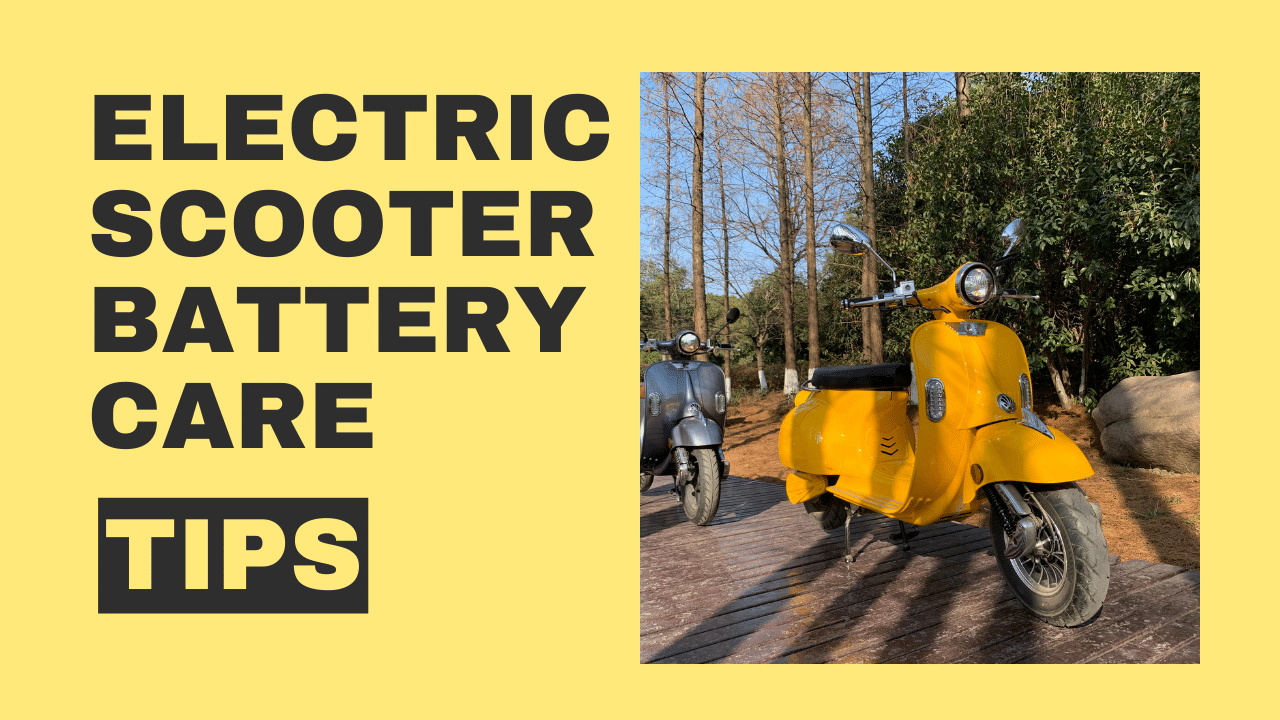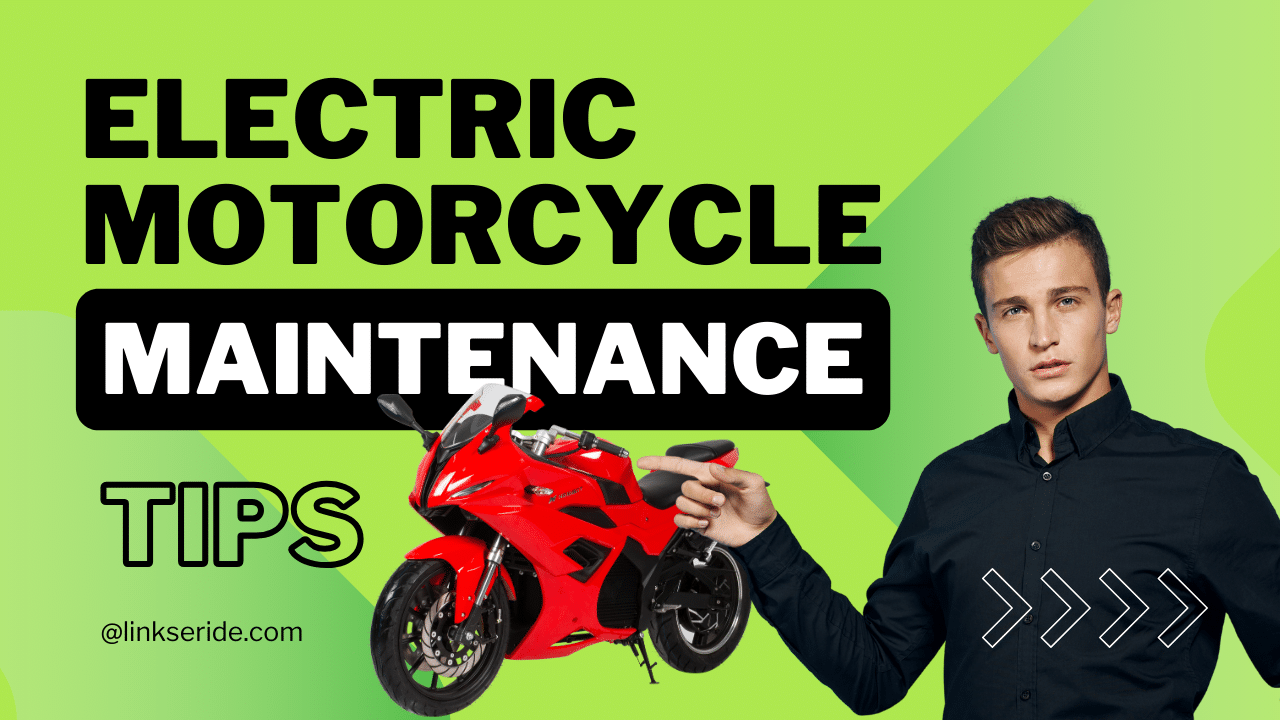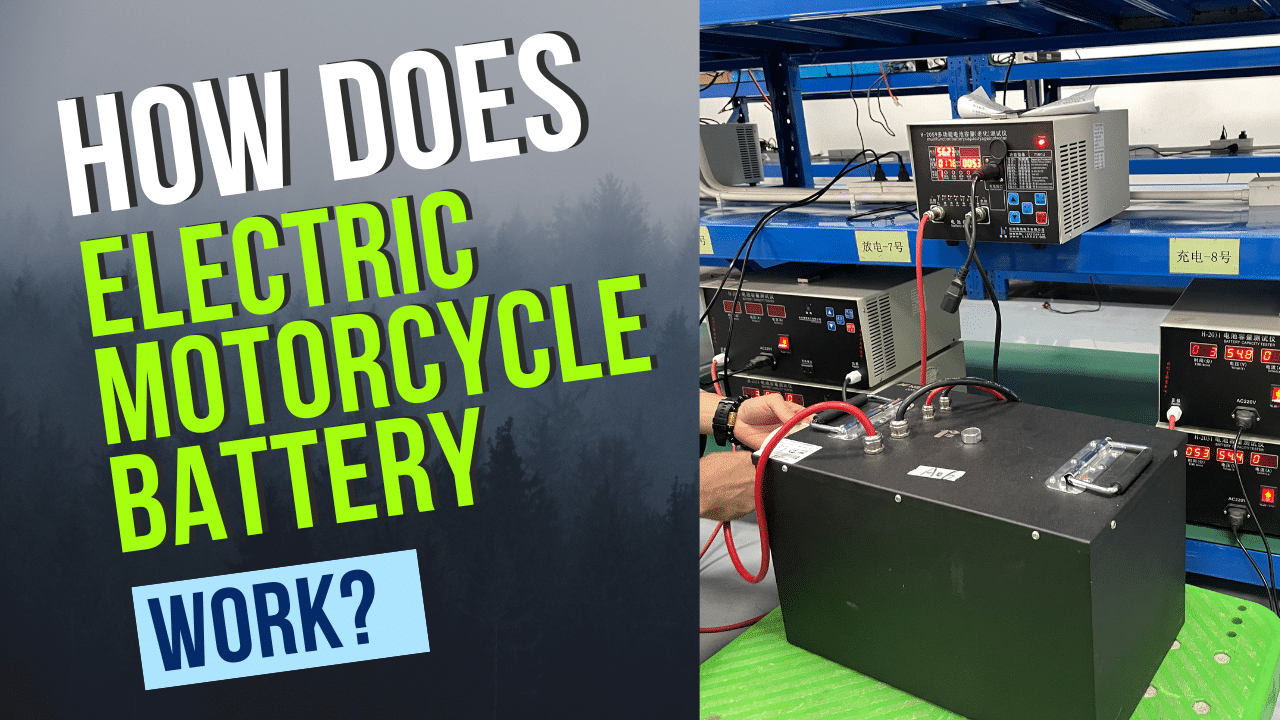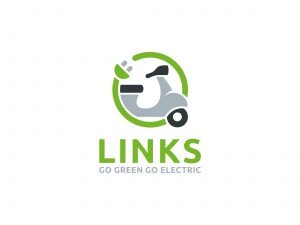The battery cell that counts the most in electric vehicles. And how long the life time we can keep, depends very much on how you care about it. Here are some important electric scooter battery care tips for you.
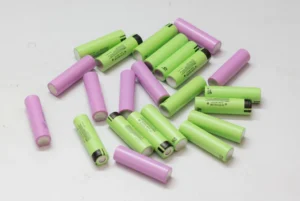
All our products are equipped with Lithium Ion (Li-Ion) or Lithium Polymer (LiPo) or Lithium Iron Phosphate / LiFePO4 or LFP batteries. Now less products are with lead-acid batteries, which are not suitable for intensive use and are extremely heavy. Lead-acid batteries are not very popular in two-wheelers vehicles because if the heavy weight and more space needed, comparing with the current 18650 or 21700 battery cell.
Here are some main things to remember:
- Never discharge your battery completely! It’s a common misconception dating back to older generations of NiCd and NiMh batteries. Discharging a lithium battery below 10% too often kills it very quickly. Charge it as often as possible. The more time a battery spends below 20%, the faster it will wear out. This is the No. 1 cause of premature wear in Lithium batteries.

To go further (in every sense of the word):
- If you have a Li-Ion battery and need to store it for a long time (several weeks) without using it, store it between 60 and 80% charge. Store at 100% charge and the cells will be damaged. Stored discharged, it risks falling below the deep-discharge threshold and becoming unusable. The ideal is around 60-70%, which is the charge level when you receive your new device.
- If you have a Lithium Iron Phosphate or LFP battery, you can leave it stored at 100% without using it, as this will not damage it. It’s even better to charge it to 100% regularly.
- Do not expose the battery to extreme temperatures (below 0°C and above 50°C). Below 0°C, battery performance is greatly reduced, and repeated exposure to cold damages the cells. In winter, store your vehicle away from frost.
- Above 50°C, Lithium cells present a risk of thermal runaway, i.e. they can catch fire or explode. So avoid storing your device in the trunk of your car in the summer sun.
- Do not recharge with any charger other than the one supplied with your machine. Nor with another of the same brand without professional advice (the charger is designed for your type of battery only).
- And if you use high-power chargers for rapid recharging, try to limit their use to maximum power. A battery that is often rapidly charged wears out prematurely.
- Allow your battery to cool down before recharging. If you can, don’t rush to plug in the charger immediately after use. Charging hot cells damages them. Waiting at least 1/4 hour will extend the life of your battery.
- Do not short-circuit the battery terminals or the charging plug. At best you’ll damage the cells, at worst you’ll trigger a fire or explosion.
Here’s a quick summary of the acronyms you may come across on batteries:
PCM: Protection Circuit Module
PCB: Printed Circuit Board
BMS: Battery Management System
CMB: Cell Measurement Board
A PCM is an electronic card that protects a Lithium battery pack against undervoltage, overvoltage, overcharging and short-circuiting, without being able to switch the pack ON/OFF or provide a precise battery state-of-charge. These are usually very inexpensive cards used in toys and other consumer products such as hand tools and supermarket EDPMs. These are what we call “stand-alone” protections: they are simply autonomous.
A BMS is different and much more advanced, since it embeds intelligence that will enable a host microcontroller to take control of many of the stand-alone circuit’s actions, make and interpret measurements, have different levels of protection, such as knowing how to distinguish an acceptable event from an abnormal event as a function of time, communicate with the outside world via a bus (I2C, CAN, HDQ, MODBUS, etc.) measure SOC (state of charge), evaluate SOH (state of health), go into deep sleep to optimize consumption, etc.
If you have more questions towards the electric vehicle maintenance, please contact our team for the support: info@linkseride.com.
Related articles:
- How to Choose An Electric Scooter
- Suggestions for Charging Lithium Ion Batteries
- How Fast Do Dual Motor Electric Scooters Go?
- Electric Scooter Troubleshooting-Common Problems & Their Solutions
- Which is Better: Electric Scooter or Electric Bike?
- Which is Better: An Electric Scooter Or A Gas Scooter?
- Top 7 Electric Scooter Safety Tips Everyone Should Know
- How To Choose An Electric Tricycle For The Elderly?
- Tips To Charge Electric Vehicles In Cold Winter
- Which Electric Vehicle To Choose?
- Linkseride – Fat Tire Electric Scooter Maintenance

